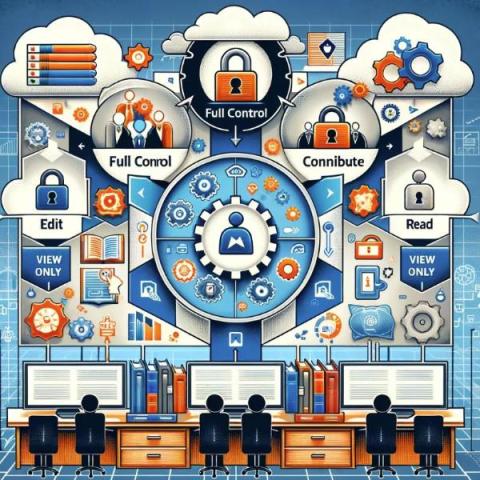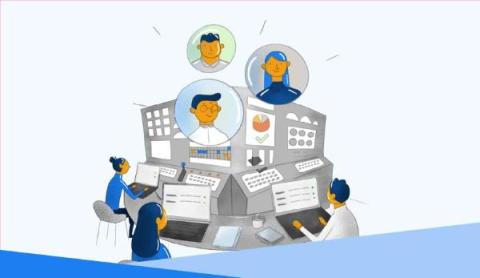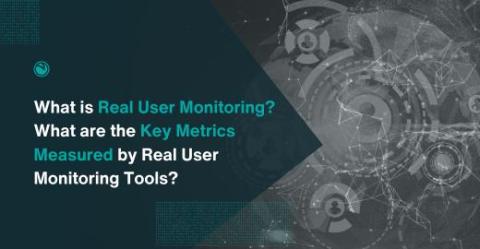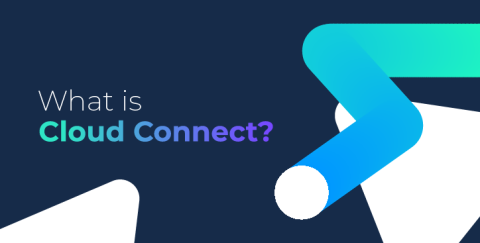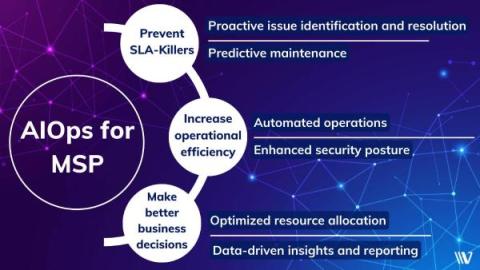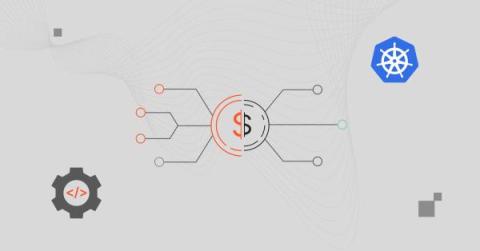SharePoint Document Library Security
In the digital age, where data flows as freely as water, securing our digital documents and libraries has become a paramount concern. As we navigate through an ever-expanding digital universe, the line between accessibility and security is often blurred. Striking the perfect balance requires not just technical know-how but a strategic mindset. Setting appropriate permissions is not just a safeguarding tactic; it’s a critical component of modern data management.


